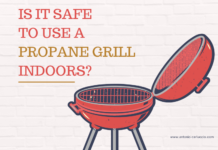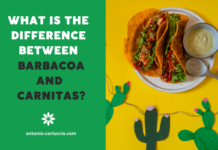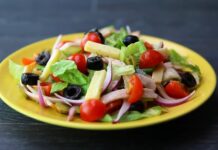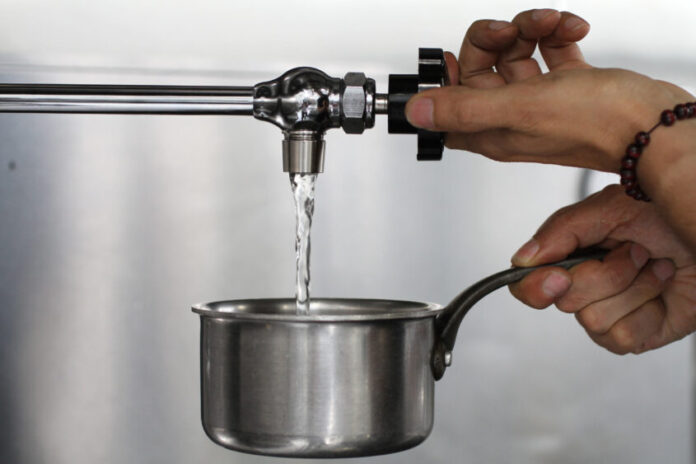
Many of us take running water for granted. You turn on the tap and water comes out. Unfortunately, this is not always the case. There are still places in the World where running water is not an option.
Alongside this, while our water goes through a treatment plant and must be cleaned to specified standards as defined by government regulations. In short, it’s generally safe to drink.
However, there are times when things go wrong with the system, or you may find yourself traveling and not be sure regarding the quality of the water you’re being offered to drink. Even countries that treat their water can allow different minerals contents, which can make you feel sick.
Fortunately, there are several ways in which you can ensure the tap water you drink is safe for cooking, regardless of where you are.
1. Reverse Osmosis
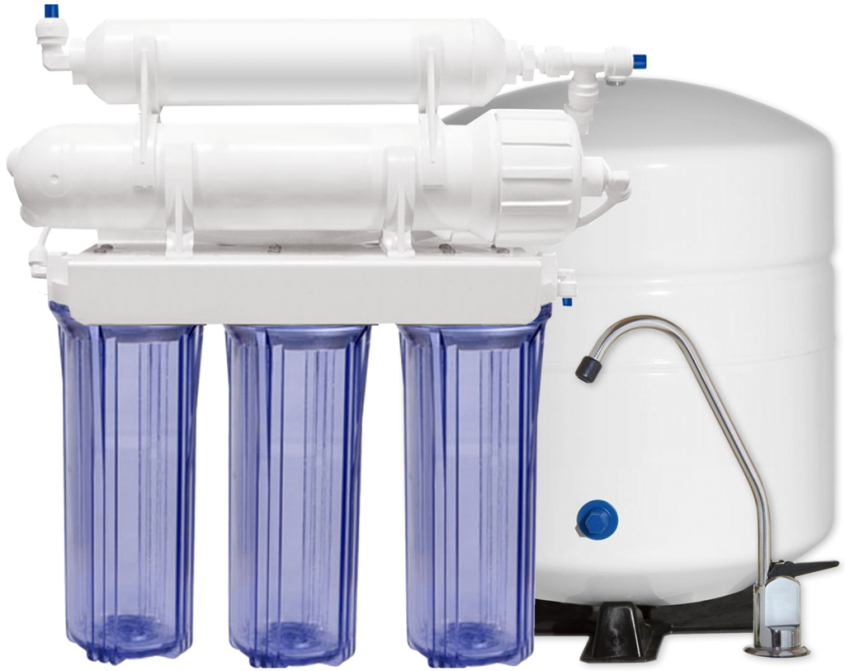
Reverse osmosis is the name given to water that is pushed through a semi-permeable membrane. The membrane is designed to allow water through but to prevent minerals and bacteria from passing through. It does need the pressure to work effectively as, without pressure, the water won’t pass through, making it an ineffective option.
According to cleanandclearwater.com.au, the good news is that there are reverse stage osmosis filters that can do the job effectively no matter where you are. These filters are relatively compact in size and can be fitted into the supply pipe of virtually any system. The water is then redirected through the filter, bacteria and minerals are removed, and you can safely cook with it.
It may improve the flavor and even the smell as well. The best filters put the water through five stages of filtration to ensure all harmful elements are removed, giving you water you can drink as well as cook with.
2. Boiling

The tried and tested method of making water safe to cook with is boiling. The idea is to bring your water to the boil and keep it there for at least ten minutes. This will kill any bacteria in the water, making it safe to cook with.
However, it should be noted that this will not remove minerals or heavy metals. While in small amounts, these shouldn’t be dangerous to your health, it does mean boiled water is best cooked with and not drunk straight from the tap.
3. Ultraviolet
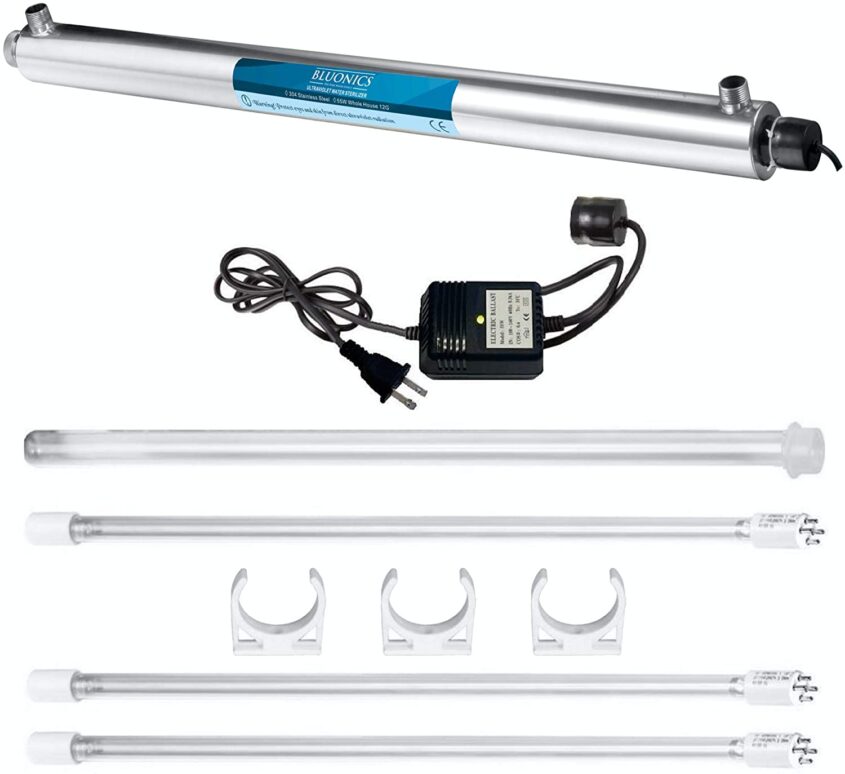
Ultraviolet light is a great way of killing bacteria. In a primitive situation, you can fill a bottle with water and leave it in direct sunlight for at least 1 day. This will kill all the bacteria present and make it safe for you to drink.
Of course, you need plenty of suns. There are UV filters available that pulsed UV light through the water, but these may be more difficult to carry around the World.
If you’re struggling with purifying water anywhere in the World, you can fill a clear bottle with water and leave it in direct sunlight for at least a day. The sun’s UV rays will kill any bacteria in the water and make it safe to cook with.
4. Bottled

A final point that is important to make is not to assume that bottled water is safe to drink. In some places, bottled water taps water. It can contain minerals, bacteria, and it is possible for plastic to leach from the bottle into the water. These plastics have been associated with an increased risk of cancer.
5. Iodine
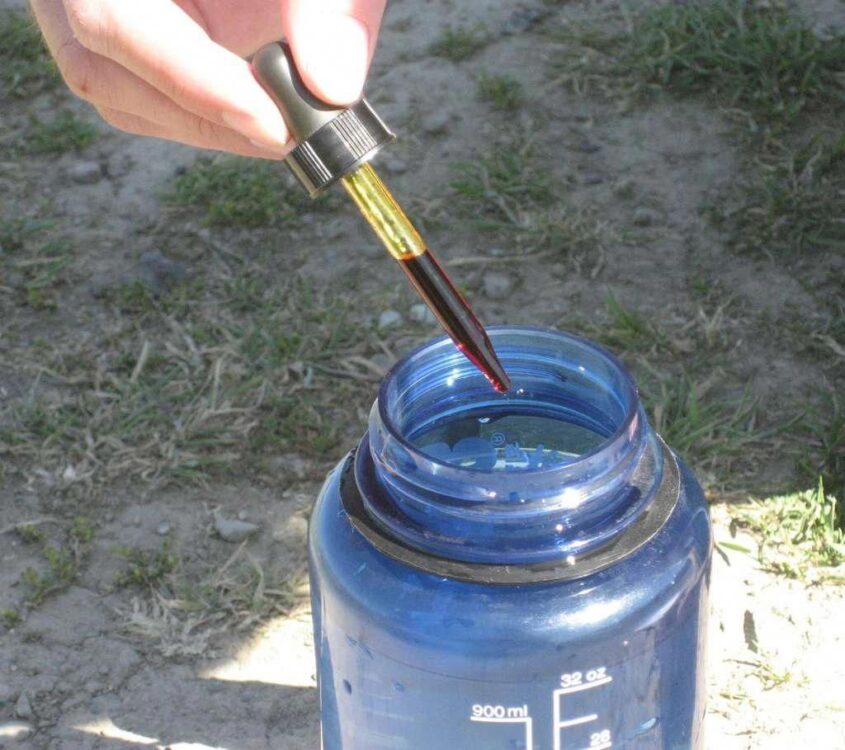
You may not know it, but iodine has been used since the early 20th century and is potentially more effective than chorine. However, it is known that iodine is unable to kill cyclospora which is occasionally found in Nepal during the summer.
As long as you’re not in that part of the World, simply add 8 drops of iodine to a liter of water and wait 30 minutes before using it.
The iodine should be 2% iodine tincture, check the label before you use it.
6. Chlorine Bleach

Chlorine is commonly used in tap water to kill bacteria, and it’s effective. You will need to purchase unscented chlorine bleach. This will make the water smell and taste okay if you wish to drink it.
Add 2 drops of the chlorine bleach to one liter of water and shake the container vigorously. You can then leave it for 30 minutes before using it to do the cooking or even to drink.
7. SteriPen

This is an expensive option but compact and effective. Simply put the pen in one liter of water and press the button. Then stir for at least 90 seconds to purify the water.
It’s simple but effective.
8. Filtration

UV filters, iodine, bleach, and even boiling can ensure there are no bacteria left, which can harm you. However, these approaches don’t remove debris in the water. While this may not be harmful, you can’t be certain that this is the case.
5 stage filters, such as the reverse osmosis one mentioned earlier, will kill bacteria and remove debris. But, if this isn’t an option, you can make your own filtration system. This can be as simple as cutting a plastic bottle in half and turning it upside down. Put the bottom half of the bottle on the floor facing upward and insert the lidded half into the lower part, with the lid facing downward.
Place a coffee filter over the end of the bottle and put the lid back on with a hole through the middle of it. Tightening the cap will hold the screen in place.
You can then third fill the bottle with activated charcoal, add a thick layer of sand and top up with gravel. Pour water in the top, and it will filter through the gravel, sand, and charcoal to go into the container you put underneath. It will be ready to use for cooking.
The best option will depend on what situation you find yourself in but, if you’re not sure about the water quality and have the facilities available, is reverse osmosis, failing that you should boil your cooking water before using it.

